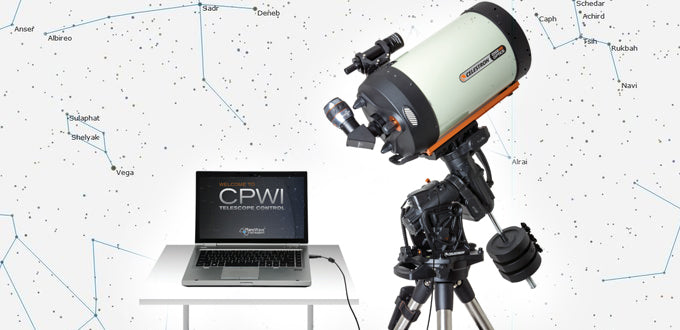Mars Fast Facts
June 27, 2018
To See image larger, click on image to expand
My Cart
Recieved A Free Gift!
Subtotal ( Items) $0.00
Have a promo code? Enter it during checkout!
Orders of $50 or more are eligible for free ground shipping!
Contiguous USA only.
Product exceptions apply.

Telescopes
Check these out

Astronomy

About Us

Support
CPWI Software

Take control of your telescope! Download the Celestron PWI Telescope Control Software
SkyPortal App

Celestron’s FREE planetarium app is an astronomy suite that redefines how you experience the night sky.
Using Telescope Eyepieces

Your eyepieces are the first accessories you should learn to use with your telescope. Read our guide!
News
June 27, 2018
To See image larger, click on image to expand